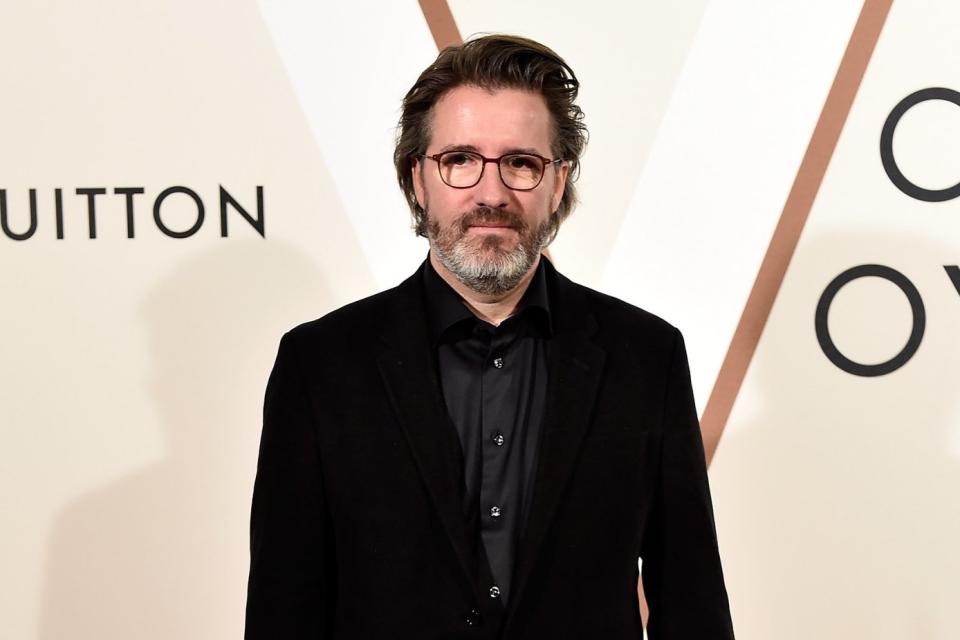Feel the cold, hard truth of climate change with my ice art

If you take a stroll in central London this week, you may encounter 30 blocks of glacial ice. They are massive and thousands of years old. Some are transparent, others opaque. Their textures vary, their colours are tones of blue and white. Traces of times long past, in the form of dirt and other natural materials, are encapsulated in the seemingly immobile forms. Put your hand on the ice and feel the cold, smooth surface against your skin. Put your ear to the ice and listen to the crackling noises it produces as it melts. Smell, look — and witness the ecological changes that our world is undergoing.
Why are they here? Displaced. Strangers. Nature at the heart of civilisation. The blocks have travelled: after breaking off the Greenland ice sheet and floating off to sea, they were harvested from the cold waters off the coast of the capital, Nuuk. They journeyed to their present, warmer, location at Bankside, outside Tate Modern, and to the City, in front of Bloomberg’s European headquarters, in containers normally used to transport frozen fish from the Arctic to dinner plates around the world.
Despite their unusual appearance, they are open to contact and suggest you listen to what they have to say. These blocks tell their own story — a story which is also ours. Their melting into the ocean is our world melting.
This is Ice Watch, a public artwork I conceived with geologist Minik Rosing. Ice Watch raises awareness of climate change and explores how feelings of distance and disconnection, of proximity and relevance, hold us back or make us engage.
This October, scientists on the Intergovernmental Panel on Climate Change (IPCC) published their most recent findings and issued a warning: we only have 12 years to limit the impact of global warming. What should we do? Facts still have value for most people, and the facts at hand tell a frightening tale. Yet facts alone are not enough to motivate people; at times they even create the opposite effect. We need to communicate the fact of climate change to hearts as well as heads, to emotions as well as minds.
When it comes to people’s choices for or against taking climate action, we are inclined to stick to what we have, here and now, rather than make changes. Inducing fear does not seem an effective strategy. You can’t live in a perennial state of shock. This is what Ice Watch is about. I am hopeful that we can push for change. To do so, we have to make use of all tools at hand, including art.
Our worries can turn into positive energy. We can become part of the growing group of people who are actually doing something — building a dynamic climate coalition that crosses national borders, cultural differences, and the gap between the old and the young. Maybe Ice Watch can help.

 Yahoo News
Yahoo News 